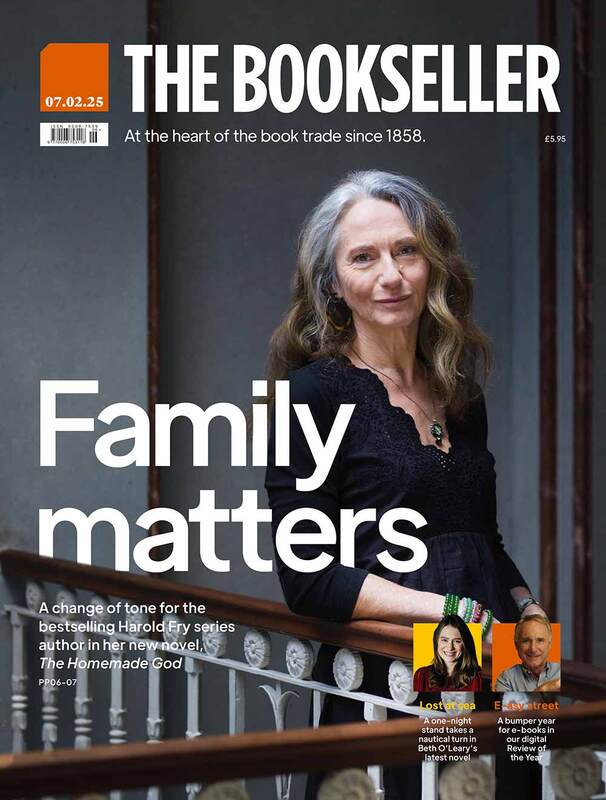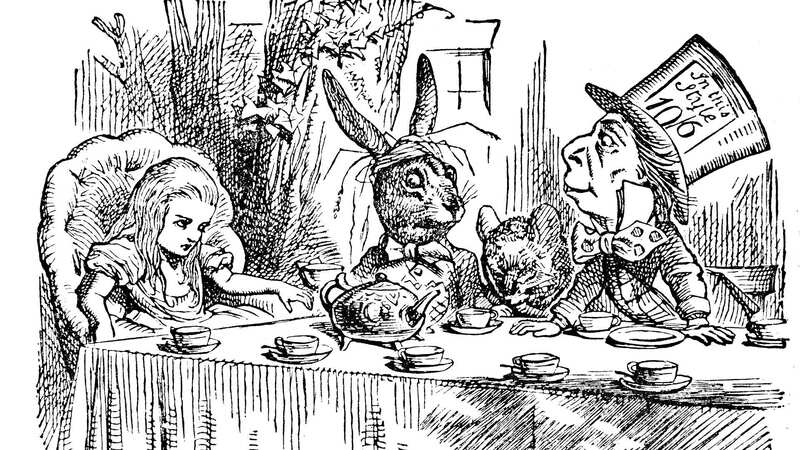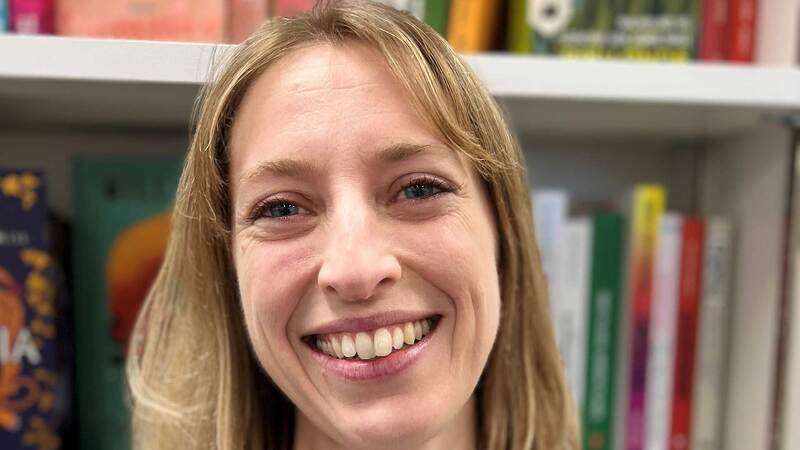You are viewing your 1 free article this month. Login to read more articles.
The Bookseller's Books of the Year
The main question we asked when compiling the second Books of the Year list, was: what are these sort of lists good for? Until last year, in its previous 155 years The Bookseller eschewed this kind of listing, partially because it was felt that, as the august Organ of the book trade, we were to be somewhat above the fray and should not be picking favourites.
Yet this was something of a false distinction. Week in and week out, we flag up some books more than others—whether in the regular previews or by simply reporting which books are performing better commercially. But The Bookseller’s focus needs to be different than other “books of the year” lists. It has to be one that is useful. We want our Books of the Year list, produced in association with Ingram, to be used by publishers, librarians and, most crucially, booksellers in the run-up to Christmas, to drive add-on sales.
That is not to say the focus is strictly commercial. We are confident that most booksellers know that in the next couple of weeks there will be bewildered parents stumbling into their shop, desperately looking for a book by someone called “Zoella”. With the top 10 lists from our team, we have flagged up the books we loved in 2014, but ones that are bubbling under the surface, which deserve Christmas sales success.
Of course, “books of the year” lists in the general media do have some use. Spotting the annual logrolling—Author X and Author Y, who are friends or share an agent, puffing each other’s books—is always jolly good fun. Yet what is truly useful is knowing the weight of the books of the year coverage: if every media outlet has picked Helen Macdonald’s H is for Hawk (Cape) as a book of the year, then it essential for booksellers to know that.
PRH tops, Profile on the up
Our experts’ top 10s were done blind, each not knowing the others’ picks, with no directive to balance the lists out. Yet, as one might expect, Penguin Random House gets the most nods: 32 of the 120 titles across these four pages. Hachette follows with 24, while Pan Macmillan and HarperCollins are the only other groups in double digits, with 12 and 10 nods respectively. Faber gets seven spots (three from its children’s list), while Canongate and Profile punch above their weight, with five and four entries apiece.
Three of Profile’s total were for Karen Joy Fowler’s Man Booker-shortlisted We Are All Completely Beside Ourselves (Serpent’s Tail), the most entries for any one book. Eleven other titles have two nods apiece, including Michel Faber’s The Book of Strange New Things (Canongate), M R Carey’s genre-busting The Girl With All the Gifts (Orbit) and Naomi Wood’s Mrs Hemingway (Picador).
The shape of things to come in 2015
Looking ahead to 2015, it appears as though the trade is in for a treat. From new children’s series to books from beloved authors, and from strong, intelligent non-fiction to beautiful, lyrical prose, the next 12 months will see some exciting books published—books guaranteed to get sales and attention.
In January, Darkmouth by Shane Hegarty launches a major new series—monstrously funny, frightening and very commercial indeed—which HarperCollins won in a hotly contested auction at the 2013 Bologna Children’s Book Fair.
February brings the 20th novel from literary superstar Anne Tyler: A Spool of Blue Thread (Chatto) is a depiction of family life that deftly captures the love and tensions that come along with it. Also among February’s fiction is Jeffrey Archer’s Mightier than the Sword (Macmillan). Love him or loathe him, Archer sells by the bucketload, and the fifth Clifton Chronicles novel will undoubtedly be a massive hit. The month’s non-fiction includes Shop Girl by Mary Portas (Doubleday); a memoir from the “Queen of the High Street” should get lots of attention, and it could be a big hit.
There is already a palpable buzz for Kazuo Ishiguro’s first novel for a decade: The Buried Giant (Faber, March) is expected to do well both critically and commercially. Also in March comes A Place Called Winter (Tinder Press), the first historical novel from the prolific Patrick Gale, and his first book with new publisher Headline—it may well capture a whole new audience for the author. The month’s non-fiction is led by Reasons to Stay Alive by Matt Haig (Canongate), a personal and powerful look at depression, and So You’ve Been Publicly Shamed (Picador), in which Jon Ronson turns his attention to public shaming in his inimitable, witty and intelligent manner.
In April, Jandy Nelson—author of The Sky is Everywhere—returns with a coming-of-age novel exploring love, I’ll Give You the Sun (Walker). Later in the year, June sees the publication of The Wolf Wilder (Bloomsbury), a tale of survival, adventure, snow and wolves by Katherine Rundell. Hailed as one of the most exciting talents in children’s fiction, Rundell’s Rooftoppers (Faber)won both a Blue Peter Book Award and the Waterstones Children’s Book Prize in 2014.
Trends for 2015
From Zoella to Lena Dunham, 2014 was the year of the Millenials—and it looks as though they are not going anywhere. Expect more book deals with young YouTubers and clever, “voice of a generation” twentysomethings in 2015.
Another key issue next year will be the general election, which is scheduled for May. From the new title by Guardian journalist Polly Toynbee to books by Kentish Town councillor Georgia Gould and the nation’s first Green Party MP, Caroline Lucas, political books are bound to get shelf space—and coverage—next year.
From the Battle of Waterloo to Gallipoli and the signing of the Magna Carta, many books slated for release in 2015 will celebrate significant historical anniversaries. The suffragettes will also get a big centenary(ish) splash next year, with the film “Suffragette”, which stars Meryl Streep and has been written by Abi Morgan (“The Iron Lady”, “Shame”), due to hit cinemas in September.
Finally, in “New Year, New You”, the big health trend looks set to be “gut health”, with a bevy of titles to help readers look after their gastrointestinal tracts. It may not be sexy, but it could well be a trend that will go down smoothly.
















